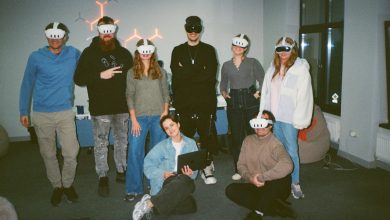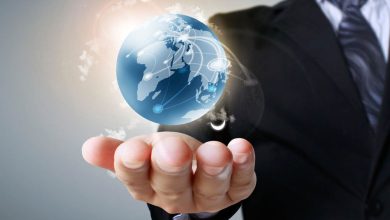
The workplace is evolving rapidly. Artificial Intelligence (AI) is no longer limited to technical teams — it’s becoming a vital tool in Human Resources (HR), transforming how organizations support, engage, and grow their people.
For AI to truly make a difference, it must fit into how people already work. That means embedding tools in familiar platforms like email, chat, and calendars so that employees don’t have to learn something new. It also means removing barriers: no extra logins or special apps, just helpful assistance where and when it’s needed.
Employee Onboarding Gets a Digital Upgrade
Starting a new job can feel overwhelming. AI is helping make onboarding smoother and more welcoming by delivering tailored, role-specific experiences for each new hire.
Instead of handing out binders or static checklists, AI creates personalized welcome messages, training plans, and day-one tasks based on an employee’s role, location, and goals. These materials are delivered through everyday tools like email and chat, making the process feel natural and intuitive.
Behind the scenes, AI assistants quietly handle logistics, scheduling welcome meetings, ensuring equipment is ready, and guiding employees through orientation. They’re available around the clock to answer questions, explain benefits, or surface resources across multiple languages and time zones. This consistent support helps global employees feel connected from day one, while reducing workload for HR.
Personalized Employee Support and Growth
After onboarding, AI continues to support employees with on-demand guidance and learning opportunities, embedded directly in the tools they already use.
Need help with a policy, benefits question, or vacation balance? AI assistants can provide instant answers without requiring employees to dig through portals or wait for replies. They also suggest training opportunities based on performance and interests, helping people take charge of their development at their own pace.
These assistants improve over time, learning which resources are most helpful and how to better support each individual. The result is a more responsive and empowering employee experience — while giving HR teams more time to focus on big-picture priorities.
Keeping Employees Engaged and Supported
AI helps organizations stay ahead of potential issues by identifying early signs of disengagement or burnout based on feedback, patterns in communication, or missed milestones.
When needed, the system can suggest simple actions: a check-in with a manager, a reminder about training, or a prompt to use wellness resources. These nudges show up naturally in existing workflows, making them timely and easy to act on.
By delivering this kind of support quietly and proactively, AI helps HR teams keep people connected and motivated, without adding extra meetings or tasks.
HR as a Strategic Driver
AI doesn’t just help with day-to-day tasks — it’s helping HR teams play a more strategic role in shaping the future of work.
Rather than spending time compiling reports or managing logistics, HR leaders can use AI to generate insights, forecast hiring needs, and identify skill gaps.
Drafting a new policy? AI can provide a first version. Planning a workforce strategy? AI tools can model different growth scenarios.
And because these capabilities live inside familiar tools like dashboards, documents, and team chats, they’re easy to access and act on. This allows HR to lead with clarity, backed by real-time data and intelligent recommendations.
Getting the Workforce Future-Ready
As technology transforms every industry, the skills employees need are shifting fast. AI is helping HR teams prepare people for this change by identifying what skills are needed, who needs support, and how best to deliver it.
Learning recommendations are personalized, bite-sized, and delivered directly through chat or email — making development feel like part of the workday. AI assistants also provide ongoing encouragement, reminders, and resources, always available, multilingual, and tuned to each individual’s pace and goals.
This approach builds a culture of continuous growth and helps employees feel ready for what’s next.
Smarter Benefits and Real-Time Insights
Choosing and using workplace benefits can be confusing. AI simplifies the experience by providing clear, instant answers to questions about health plans, leave options, and wellness programs — whenever employees need them.
What’s even more valuable is how AI turns these everyday conversations into insights for HR. By analyzing what people are asking, it can reveal where there’s confusion, which benefits are underused, or where certain topics (like mental health or family leave) need more visibility.
These insights come in easy-to-read summaries, giving HR teams a clearer picture of what their workforce is thinking and where adjustments can be made. Instead of guessing, HR can act on real-time feedback, making decisions that reflect what people truly need.
Conclusion
AI isn’t replacing HR — it’s amplifying it. It helps HR teams offer faster, more personal, and more inclusive support, without adding complexity or extra tools.
By showing up inside the systems employees already use, and providing intelligent support in the background, AI becomes a quiet but powerful partner. It helps people work smarter, feel supported, and grow with confidence — wherever they are in the world.
As the workplace continues to evolve, HR won’t just keep up; it will lead the way. And AI will be the engine behind that leadership.





